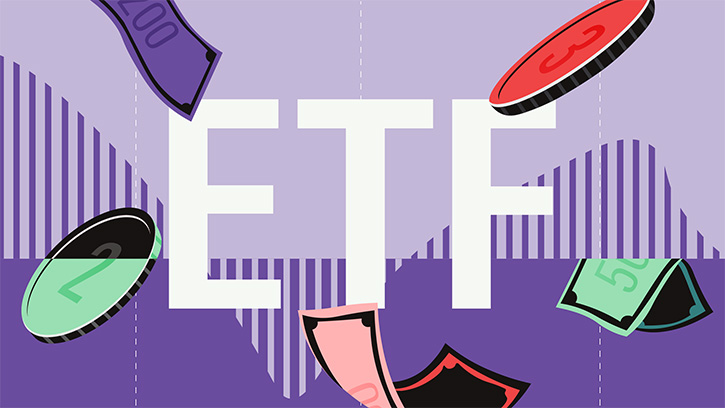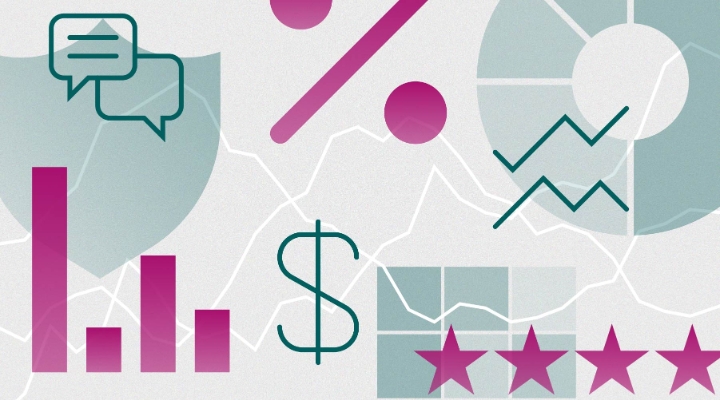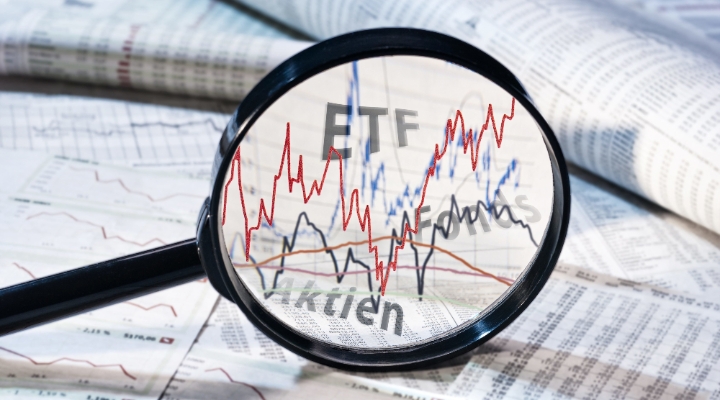
The world can be weird and wonderful, and the same is pretty much true for investing too. In the world of exchange-traded funds (ETFs), you can pretty much find a fund for any theme you believe in.
If you’ve ever read our monthly round-up of best and worst-performing ETFs, you will be familiar with some of the more unique strategies out there – for example, in the top 10 best performers for 2023, we find blockchain, bitcoin and the metaverse leading on returns. At the bottom, there’s products focused on charging infrastructure and hydrogen equities, and commodities like rhodium and palladium.
Unique ETF launches are often attracting a fair bit of media attention, too. For example, Rize launched Europe’s first pet care ETF in 2022 – but subsequently closed in November last year. Just a few days ago, HANetf and Sprott Asset Management launched Europe’s first junior uranium miners ETF.
Clearly, investing in your interests and backing unique ideas could make investing more interesting, but, our analysts say beware.
According to a Morningstar report from senior analyst Kenneth Lamont and manager research director Matias Möttölä, buying and selling habits connected with thematic funds show that investors are often losing money because of timing issues. In fact, over a five-year period, they lost more than two thirds of total returns because of poorly timed buys and sells, a considerable destruction of value.
This gap is even wider when looking exclusively at ETFs. In the most dramatic example, Technology and Physical World themed ETFs have an "investment gap" 500-600 basis points higher than their traditional mutual funds peers.
Lamont and Möttölä explain: “This reflects differences in the exposures offered by the two vehicles. Thematic ETFs, which can be traded on exchange throughout the day and tend to invest in more focused baskets of stocks, are often favoured as tools for making tactical bets and can attract large flows. ETFs’ greater concentration also results in higher levels of volatility.”
What ETFs Are Out There?
This raises questions about just how investable niche ETFs are, and the amount of research needed to make informed decisions. But, we have done some of the work for you and collected a list of ETFs available for sale in Europe with Morningstar Medalist Ratings of Gold – in other words, the ETFs Morningstar's analysts most believe in.
All these 21 ETFs have trading history beyond one calendar year, but only nine have been operating for over three years, and only one (L&G Ecommerce Logistics ETF (ECOM)) has over five years of trading history. This is not a big surprise – most thematic funds ever have launched since 2017, when the thematic fund ecosystem started booming.
Lamont points out that if you are looking to invest in thematic ETFs, even more diligence and research is needed than normal.
“Remain sceptical. Investors should look beyond a compelling narrative when assessing these funds. Understand how the fund tracks its chosen theme, is it worth the extra fee? Crucially, understand that these funds can provide outsized returns, but this comes with significant risk and that they should only form a small portion of a portfolio.”
How do I Choose a Thematic ETF?
So how should you conduct your research? As with other ETFs, low fees, a seasoned management team and a trusted organisation could boost the chances of achieving long-term investment success. But for thematic funds, Morningstar has developed a three-part framework to enable investors understand how to assess and make informed decisions on these unique products.
Analysing the Theme
A robust theme should be logical, with a convincing, narrative and a coherent and compelling growth story – with data to back it up. Moreover, the theme must be loose enough to be able to adapt as themes evolve over time, but not so loose it becomes too similar to broader equity strategies. And of course, investors must understand the key risk and return drives embedded in the theme.
Implementation
How well the ETF tracks its theme is essential, and each fund takes a different approach – from high-conviction strategies to broad portfolios with theme exposure stocks. It is therefore important to assess which solution is the most appropriate. Moreover, a theme could in some cases be difficult to capture and capitalise as there are often few firms that represent pure plays on any given theme (and particularly via publicly traded stocks). And, when a company is expected to derive sizable revenue from its exposure to a theme, there is no guarantee that this will result in excess profit.
Timing
As mentioned, timing could prove critical with thematic ETFs. Growth potential may not be worth it at any price. Investors must ask themselves: has the growth potential of the theme already been priced into stock prices? If not, why not?
Accessing a theme early enough can be tricky – fund companies take time to spot a theme, and then more time to bring a product to market. By the time an investor has heard of the theme and there are funds ready to track it, the larger part of the growth potential may already be priced into the portfolio companies.



























